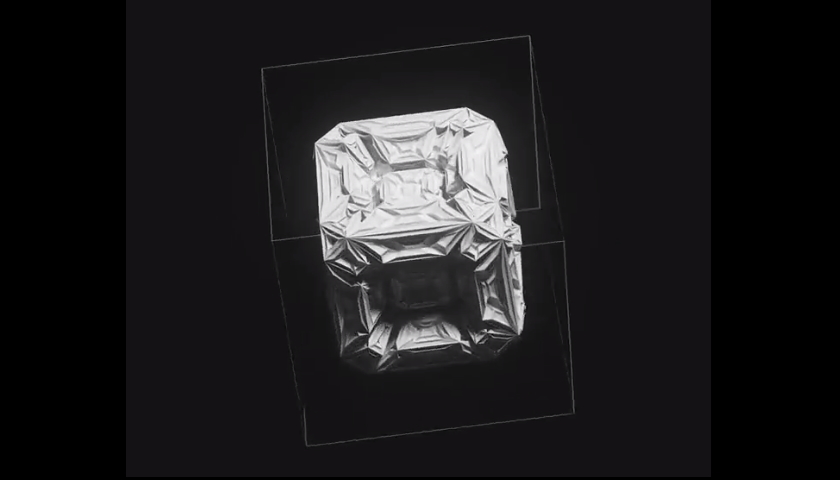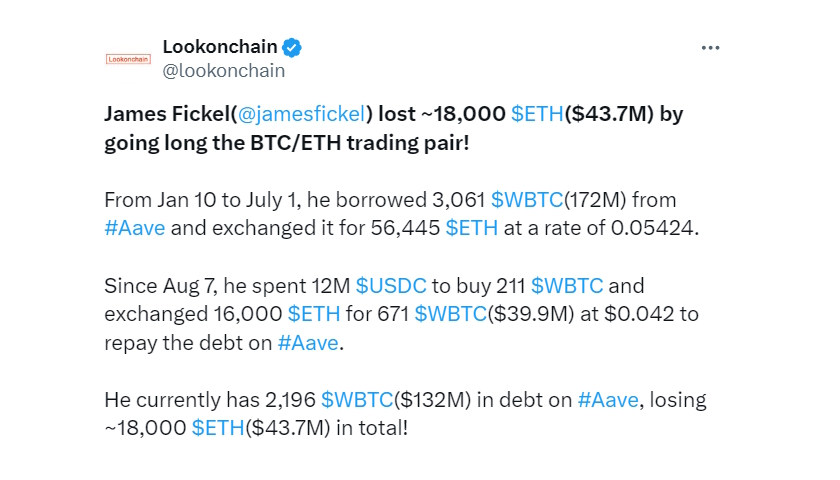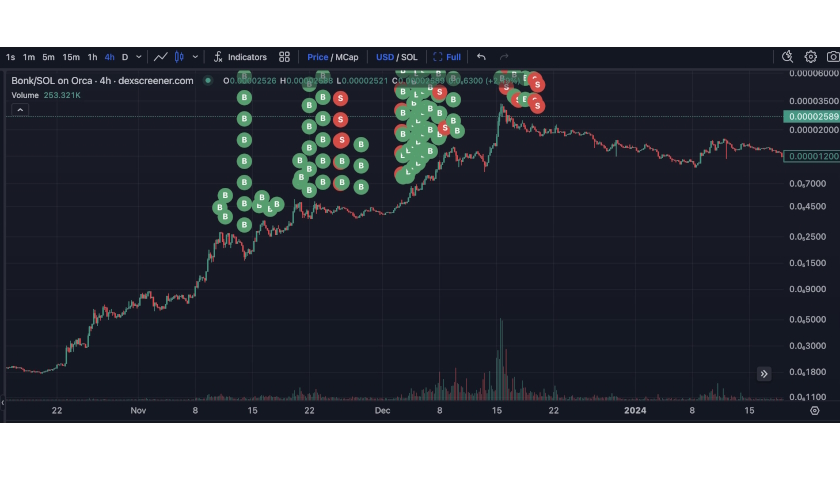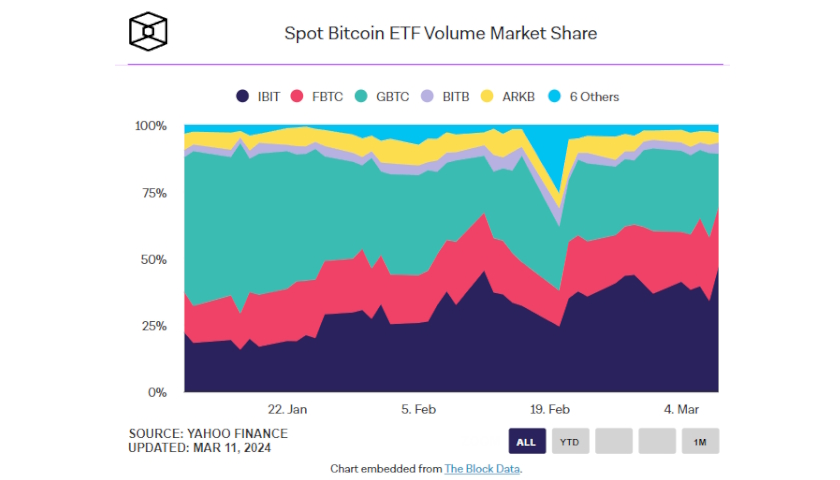As NFT sales in established art houses become something of the norm, there are still record-breaking, and even shocking auctions that rock the art and crypto world alike. At auction house Sotheby’s ‘The Fungible Collection’ sale, a single grey pixel created by digital artist Pak sold for $1.36 million.
The digital art sale included a series of digital cubes that collectors were able to purchase for a fee of $500 to $1,500 for which they would receive a number of NFTs, depending on how many cubes they purchased. As part of the sale, participants who completed a number of specific tasks received four limited edition NFTs, with tasks such as posting the hashtag #PakWasHere to the biggest social media audience.
Contemporary art specialist at Sotheby’s, Max Moore, commented on the particular aesthetic that they provide to the so-called crypto native bidders:
“These new crypto investors have a very different aesthetic and a very different taste profile than a traditional collector would and so it’s important to provide a mix and a range of collectibles at Sotheby’s to attract a wide variety of audience”
Following a series of successful NFT sales at major auction houses, it is not so much the interest in NFTs that surprises but the re-definition of how art is presented and valued. The merging of technology and the art world has been particularly heightened during the pandemic, with the shift in public interaction to online platforms responsible in part for the NFT phenomenon.
From analogue art work, to digital creation, and now to non-fungible tokens that can see a solitary pixel selling for absurd amounts of money, conceptual art has met its match with technological innovation.
Whether or not the NFT phenomenon will continue to grow, the crossover between traditional art mediums, digital art, and blockchain technology has been achieved. Marking a major turning point in art history.
Source: cryptodaily.co.uk




